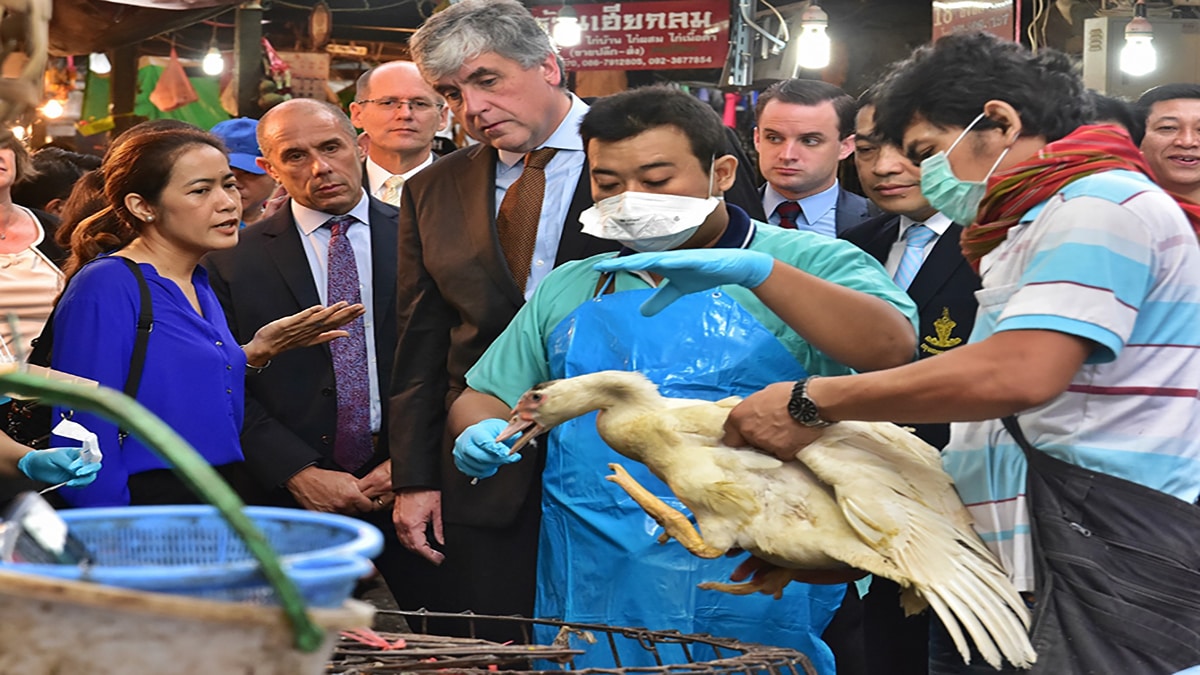Purpose
- CDC's Global Influenza Program improves global capacity to prevent and mitigate seasonal and pandemic influenza (flu).
- CDC builds and maintains strong global surveillance systems to detect and respond to flu threats to support global health security.
- The Global Influenza Program also helps improve availability of effective vaccines for seasonal and pandemic flu in the United States and in countries across the globe.

Overview of CDC's Global Influenza Program
The CDC Influenza Division Global Program works with a wide range of global partners to build capacity to respond to flu threats.
Core activities include:
- working with partners to establish, expand, and maintain flu surveillance and laboratory capacity,
- helping develop global and local pandemic plans and flu prevention policies,
- supporting targeted research projects to address critical needs, and
- building the evidence base for flu vaccine program expansion.
CDC also serves as a WHO Collaborating Center to monitor seasonal flu, detect novel flu, and identify candidate vaccine viruses for use in making seasonal and pre-pandemic flu vaccines. Visit CDC's role as a Collaborating Center and GISRS: Backbone of global surveillance to learn more.
Program priorities
Improving global capacity to prevent and mitigate seasonal and pandemic flu by:
- optimizing surveillance and response activities
- generating evidence for flu vaccines and antiviral use
- strengthening equitable seasonal flu vaccine policies and programs
- enhancing novel, pandemic, and seasonal preparedness.

Global flu updates
For the latest summaries of global flu surveillance, visit Influenza Surveillance and Monitoring. A summary of flu activity in the United States is available in the weekly FluView report.
Travel Information and Resources for Travelers is available.

